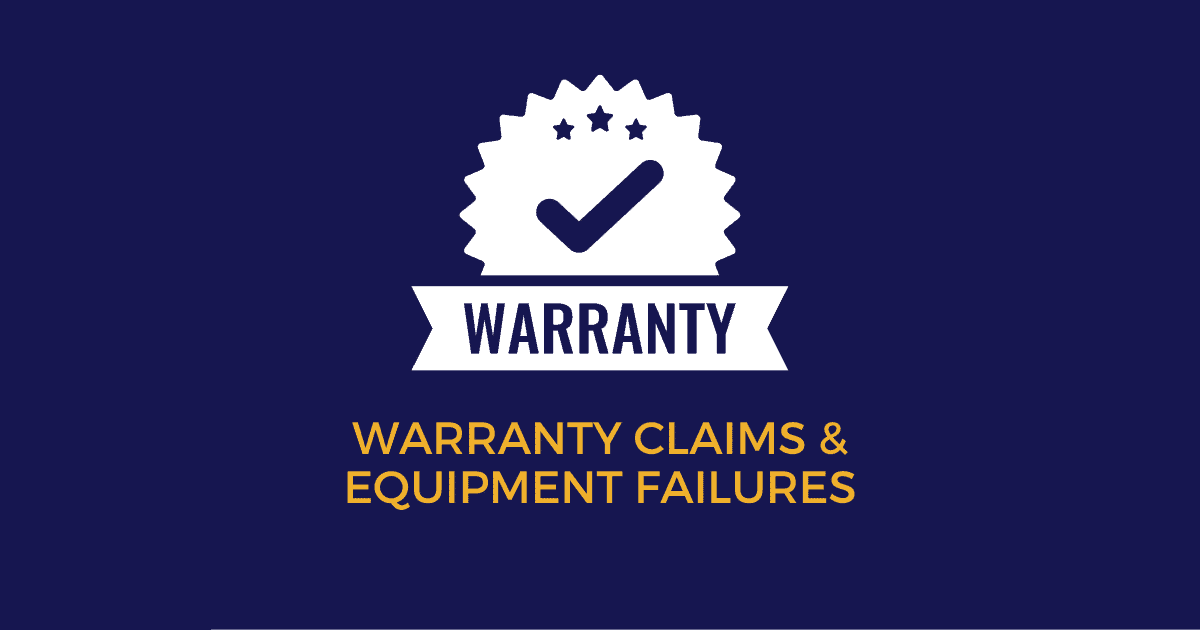The transition to solar energy is a bright idea for many homeowners, offering a sustainable and cost-effective alternative to traditional power sources. However, like any technological system, solar setups can experience hiccups, primarily through equipment failures. In this blog post, we’ll shine a light on the common issues solar system owners might face, with a focus on warranty claims and equipment failures, using insights from Supreme Solar and Electric.
The Achilles’ Heel of Solar Systems: Inverters and Panels: The Inverter
When it comes to solar systems, the inverter is often the linchpin of efficiency and the most common point of failure. This crucial component converts the DC power generated by solar panels into the AC power we use in our homes. Following closely are solar panels themselves, which, although less frequently, can also fail and disrupt the system’s harmony. Older systems, often devoid of per-panel optimization, are particularly vulnerable, as a single panel’s failure can compromise an entire circuit.
The Solar Warranty Safety Net
Supreme Solar and Electric offers a beacon of hope for those navigating the murky waters of warranty claims. Whether it’s an underperforming inverter or a faulty panel, if it’s still under warranty, Supreme Solar and Electric can step in. We work directly with manufacturers on behalf of homeowners, ensuring that the benefits of the warranty are fully utilized, even if the original installer has vanished and gone out of business.
The Clock on Solar Warranties
Most new solar equipment comes with a 25-year warranty for both panels and inverters. However, owners of older systems might find their coverage a bit shorter, typically around 10 to 12 years for inverters. The duration of these warranties underscores the manufacturer’s confidence in their products and provides long-term peace of mind for homeowners.
When Solar Systems Falter
Despite the best efforts, equipment failures can cast a shadow over solar energy savings. Inverters, the heart of the system, when falter, can halt the entire operation. A significant surge in your electricity bill might be the first clue of such a failure. The cost of replacing an inverter can vary widely, generally falling between $1,400 and $2,400, depending on the system’s size and complexity.
For those with newer systems equipped with microinverters, the impact of a failure is often localized to a single panel, simplifying repairs. On the other hand, older systems might face issues beyond inverters, such as electrical problems often traced back to the roof’s junction box. Water intrusion, faulty fuses, or even damage from wildlife can disrupt your system’s efficiency.
Supreme Solar and Electric to the Rescue
Identifying and addressing these issues might seem daunting, but with Supreme Solar and Electric, it doesn’t have to be. Our team of experts can conduct thorough diagnostics, pinpoint the problem, and provide on-the-spot solutions, ensuring your solar system returns to its optimal state.
Final Thoughts on Solar Panels and Warranties
As we harness the power of the sun, it’s essential to be prepared for the occasional cloud. Understanding the common failure points, the importance of warranties, and having a trusted partner like Supreme Solar and Electric can make the journey smoother. After all, the goal is clear skies and green energy for all.
This post aimed to illuminate the path for solar system owners, from understanding warranty claims to addressing equipment failures. Remember, with the right knowledge and support, you can ensure that your solar system continues to be a reliable and sustainable energy source for years to come.





